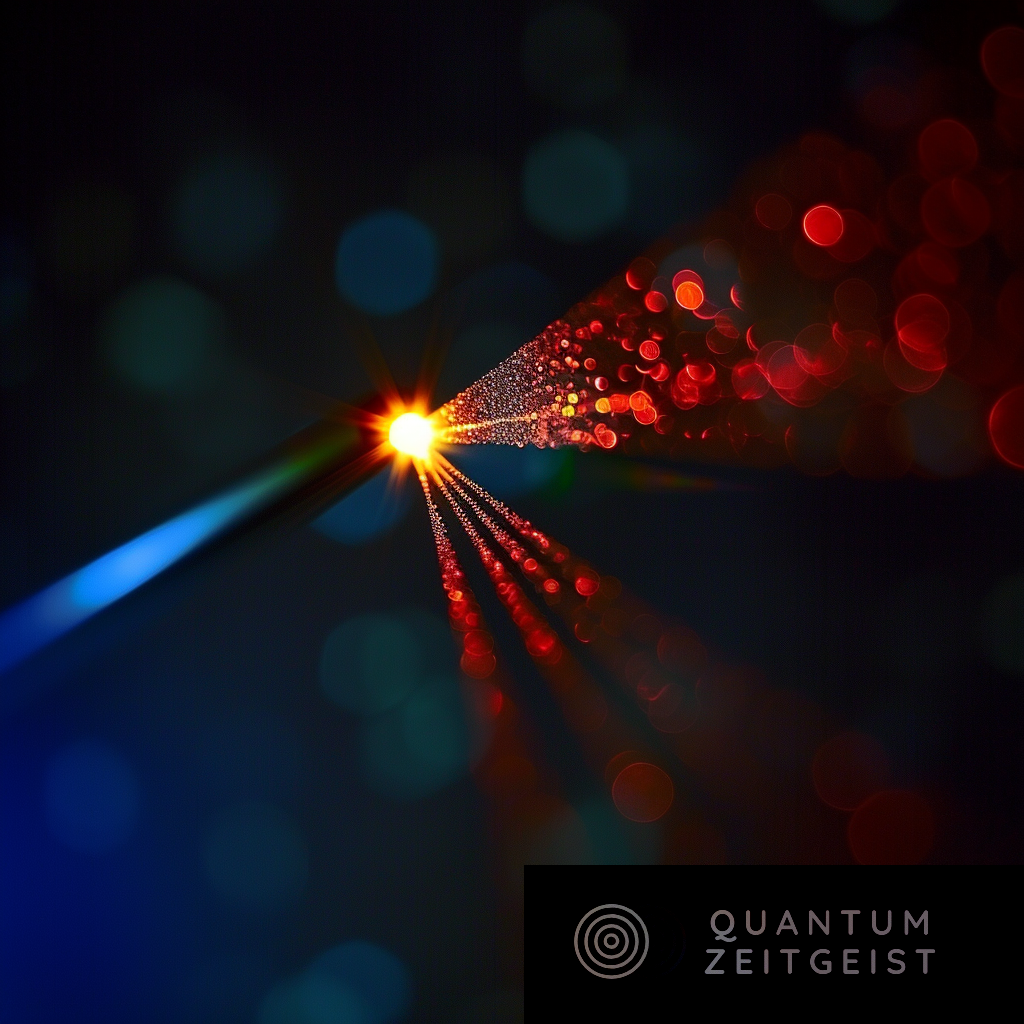Researchers from the Shenzhen Institute of Advanced Technology at the Chinese Academy of Sciences, led by Dr. LI Guangyuan, have developed a new strategy to slow down light in metasurfaces while reducing loss. The team proposed a new type of “collective EIT-like resonance” using silicon metasurfaces with a 100 nm-thick nanodisk array. This method allows light to be slowed down by more than 10,000 times, with a reduction in loss by more than five times compared to existing methods. This breakthrough could lead to improved performance of photonic devices and potential applications in slow-light photonic chips.
Slowing Down Light in Metasurfaces
Scientists have been exploring ways to intentionally reduce the speed of light in various media, as it offers numerous advantages such as easier manipulation and enhanced interactions with matter. This can improve the performance of photonic devices in applications such as optical nonlinearities, optical switching, optical sensing, optical storage, and quantum optics. Over the years, various techniques have been developed to slow down light, including electromagnetically induced transparency (EIT), Bose-Einstein condensate (BEC), photonic crystals, and stimulated Brillouin scattering (SBS).
Breakthrough in Light Speed Reduction
A significant breakthrough was achieved by researchers from Harvard, led by Hau et al., who used EIT to reduce light speed to 17 m/s in an ultracold atomic gas. This success sparked interest in exploring EIT analogues in metasurfaces, a transformative platform in optics and photonics. However, slow-light structures face a significant challenge: loss, which limits storage time and interaction length. This issue is particularly severe for metasurface analogues of EIT due to scattering loss of nanoparticles and sometimes absorption loss of materials.
Novel Strategy to Suppress Losses
In a recent paper published online in Nano Letters on Jan. 5, Dr LI Guangyuan and coauthors from the Shenzhen Institute of Advanced Technology (SIAT) at the Chinese Academy of Sciences introduced a novel strategy to realize a metasurface analogue of EIT while effectively suppressing losses. Unlike conventional metasurface analogues of EIT, induced by coupling between two localized resonances supported by closely packed meta-atoms, or between localized and collective resonances, the researchers proposed a new type called “collective EIT-like resonance.”
Collective EIT-like Resonance
This new type of resonance is induced by the coupling between two collective resonances: a Mie electric dipole surface lattice resonance (ED-SLR) and an in-plane or out-of-plane electric quadrupole SLR (EQ-SLR). Using silicon metasurfaces with a 100 nm-thick nanodisk array, they demonstrated collective EIT-like resonances with a quality factor exceeding 2750, more than five times the state-of-the-art. In practical terms, light passing through the silicon nanodisks can be slowed down by more than 10,000 times, with a reduction in loss by more than five times compared to existing literature.
Departure from Conventional Belief
Dr LI explained the departure from the conventional belief that metasurface performance depends on how closely meta-atoms can be placed. Instead, they explored the extreme regime of zero distance between meta-atoms, essentially merging them into one. Unlike conventional methods, their approach allows the tuning of surface lattice resonances to overlap spectrally, enabling the realization of metasurface analogues of EIT. The researchers further demonstrated a BIC-characterized collective EIT-like resonance, utilizing the transition between the in-plane EQ-SLR and the bound state in the continuum (BIC). This unexpected discovery suggests the potential to slow down light by an arbitrarily large factor while maintaining a growing quality factor.
Potential Applications
The innovative design proposed by the researchers holds promise for unprecedented photon manipulation with greater flexibility and potential applications in slow-light photonic chips. This could revolutionize the field of photonics and open up new avenues for research and development.


